
There’s this wonderful magazine, yes a print magazine, in France called INfluencia. While it’s also equally lovely online, I thoroughly enjoy the intricate design work that goes into each page. When INfluencia reached out to talk about X and the future of experience design, I jumped at the chance. If you speak French, it’s online here. Below is the translated version if you prefer English.
INFluencia: Les start-up, l’avenir de l’expérience client ?
When I read the pitch of the book, that future of brand is tied to meaningful and shareable experiences, I’m tempted to say that there’s nothing new under the sun. You don’t think brands have already adjusted?
I suppose you’re right. Every brand believes in delivering meaningful and shareable experiences. After all, no executive has ever said that they don’t really care about customers. Yet, some studies show that only 7% of companies are truly customer-centric. However, if executives actively invested in experiences, then the entire state of business would be in a much better position.
Just spend time studying the disruptive forces that cause the Fortune 500 to turn over so dramatically over the years and you’ll see that in the end, the need to innovate and compete at new levels is accelerating.
More and more, incumbent businesses and even industries are being disrupted by startups around the world because, technology aside, they’re finding new ways to deliver products and services packaged as value-added experiences. These new companies are catering to a new generation of customers and building new businesses and technology models to do so. At the same time, they’re setting new standards for expectations, conditioning customers to think differently and thus forcing incumbent businesses to react and catch up….even though they may not actually do so from a truly customer-centric core.
Don’t you think that a service can be an experience?
Yes.
CX is heralded as the new competitive frontier, which means either you compete at the customer experience level or you compete for smaller and less significant market share. In fact, most customers (85%) have said that they would pay up to 25% more for a superior experience. That alone should serve as a catalyst to change. Businesses tend to think about CX though as improving technology and processes based on existing models for engagement. That’s partly true, although this is iteration rather than innovation at best. Disruption though must happen inside and out, starting with philosophy and perspective about what’s broken today and more so, what’s possible tomorrow.
Ultimately (and inevitably) companies need a new approach to customer experience to compete against outside disruption and evolving customer behaviors and expectations. But while technology is accelerating many changes, the core of the problems plaguing “service as an experience” isn’t new. Study after study find that customers (89%) will switch brands because of a negative customer experience. At the same time, only 37% of executives were motivated to start formal CX initiatives. That’s not all though. 95% of customers of taken action as a result of a bad experience. And, 79% have told others about their negative experiences.
Everything is different now. Your digital customers are accidental narcissists…and that’s a good thing. There’s no going back. Now in a connected society where people’s expectations are soaring, they’re far more connected and informed than any customer before them. Every app and digital channel they adopt teaches them that they’re the center of their own universe.
Companies that focus on a higher purpose historically outperform those that don’t. Customer experience and the services that define engagement in all moments of truth have demonstrated time and time again that they are the source of growth and loyalty.
What do you exactly call experience and I guess you also refer to the emerging trends of VR and AR?
VR and AR are technologies that introduce new channels and platforms for experiences. No matter how advanced or futuristic they are, innovation is only an enabler for delivering experiences (good, inconsequential or bad). Experience design takes vision and architecture to use technology, channels and all touch points as catalysts to deliver and reinforce desired experiences. These experiences can be designed as whole worlds or as part of thoughtful and connected ecosystems.
To the extent you know and care about people and their aspirations, challenges, and goals, you can be inspired to use VR/AR as well as traditional and emergent platforms for much more meaningful engagement.
What is an experience?
Before we get into tech, perhaps one place to start is define what an experience is and why it matters.
Quite simply, an experience is an emotion, observation or reaction. Experiences add up over time as a result of each engagement throughout the lifecycle, thus forming “the” experience. Customer experience isn’t just one thing. It’s everything.
Today, businesses are famously siloed as each group is responsible for a portion of the funnel. And, each operate independently of one another with different objectives, standards and metrics that often compete or distract from others leading customers toward a chaotic or confusing customer experience.
Before we can rethink channels or invest in new tech and touch points, businesses need to think holistically, aligning teams, work, and goals around a united experience. With experience architecture, groups have a standard toward which to collaborate. In the best examples, companies that invest in CX learn how to work differently with new models, processes, teams and supporting systems forming as a result.
Is experience a better tool for ad or marketing?
In an era of experience, one where how they are felt and shared, count for everything, experience is the new brand, the new marketing and the new catalyst for customer relationship management. If you think about it, that means that marketing plays a more important role than ever before. It’s no longer something to solely invest in for branding, top of the funnel or First Moment of Truth (FMOT) engagement. Experience architecture is now responsible for delivering, managing and strengthening the brand and the customer relationship in every moment of truth, throughout the customer lifecycle. From product design to advertising and marketing campaigns to sales to service and support through to loyalty and advocacy, experience design can unite, optimize and enhance every stage of the customer journey. By investing in experiences, businesses not only increase retention, but experiences that people have and share complement customer acquisition as well.
Experience is everything…
Connect with me… Twitter | LinkedIn | Facebook | Youtube | Instagram | Pinterest
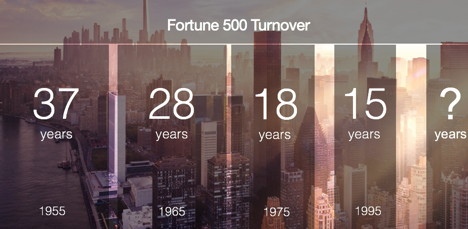
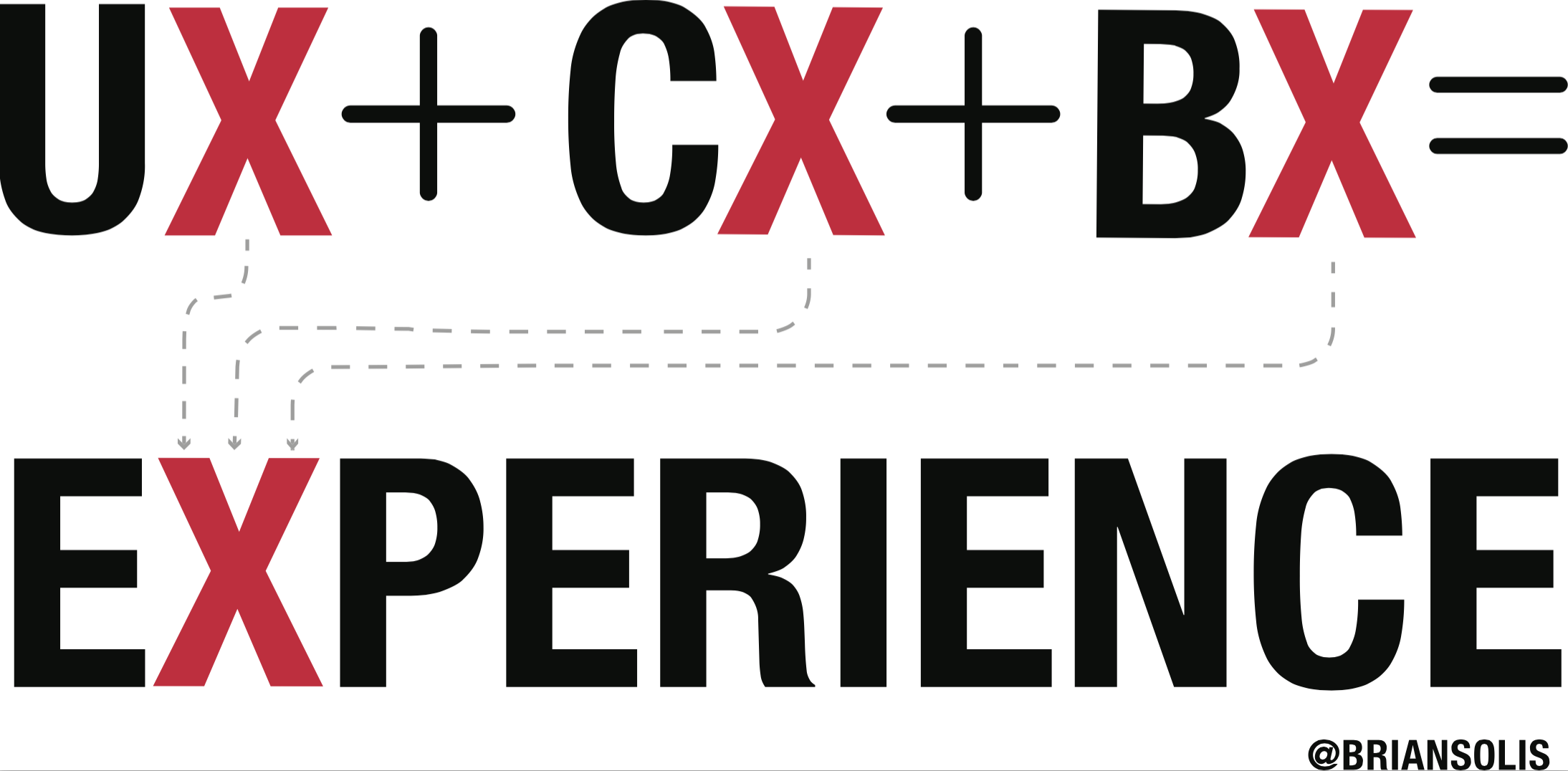
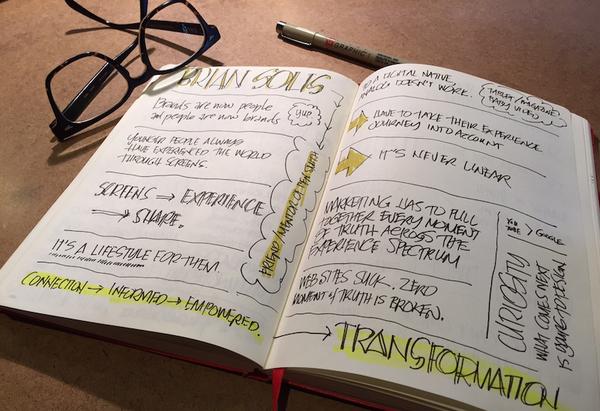


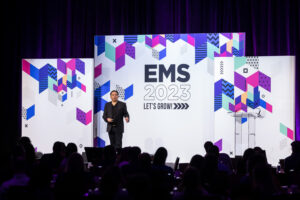
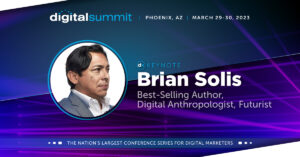


You nailed it! I think businesses are slow to adopt because it is hard to pin down any one thing about customer experience. It is everything over a period of time. Most businesses cant see past the next quarter.
Maybe if experience was as easy to measure as sales – we would be better off.
Businesses have to stop focusing on short term revenue and more on long term customer experience – thats where the real money is 🙂
YES!